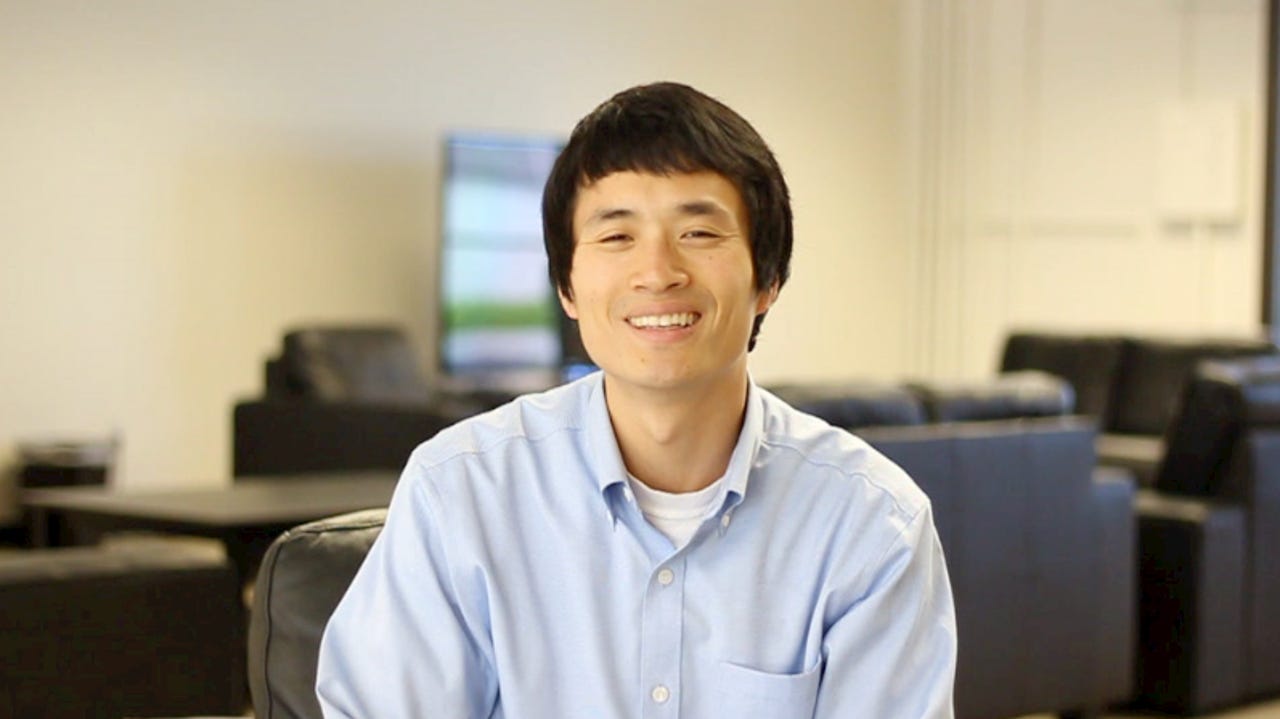Learning to love coding bootcamps


There's one thing you should know right away about Coding Dojo — at two years old one of the longer-running coding bootcamps catering to IT professionals or entrepreneurs who want an intense crash course in Web-related technical skills: it doesn’t accept everyone who applies.
Actually, only four in 10 would-be students will get in. That said, you don't have to be technical to earn a chair in the classroom: the program has accepted lawyers, marketers, accountants, psychology majors and biology experts.
The Great Debate: Should kids be taught to program?
"If someone is going to quit their job to do this, we owe it to them to turn them away if we don't think they're committed," says founder Michael Choi (who also happens to be chief instructor). "Some people just want the salary associated with these skills, but we don't think that's the best motivation. We want to know: are you sure what you want to do, are you committed for the right reasons, do you have the analytical skill set to be successful?"
Programming bootcamps burst onto the scene in 2012, billed as a way for existing engineers to boost their earning potential or for relative tech neophytes to reboot their careers. The self-proclaimed originator of the model, Dev Bootcamp, was bought by online learning giant Kaplan in June.
The jury is out as to how well the model works: a recent survey of graduates by Course Report (which follows 48 of the most popular schools, including Dev Bootcamp, General Assembly, RocketU and the just-for-women Hackbright Academy) reported 63 percent found full-time employment after completing a course, versus 48 percent beforehand. Those who did snag a job managed a $25,000 salary bump (compared with their previous position), the study showed.
With active locations in both Silicon Valley and Seattle, Coding Dojo offers a three-month program with 12 to 18 students at a cost of $12,000, compared with the $10,000 average tuition cost reported by Course Report. (It offers scholarships, including a $2,000 one for women.) Its reported placement rate is also higher than the survey average: up to 92 percent of its "black belt" certified graduates find a job within 60 days.
Coding Dojo's framework is like a foreign-language immersion program: you can't handle 50 to 70 hours of coding per week while also holding a full-time job. There's only one hour of lecture each day, then students get right down to coding for the balance of the day alongside the instructors — the focus is on the Web stack, starting with basics like HTML 5 and CSS, then moving up through .Net, PHP concepts, MySQL and MongoDB, and culminating with work in technologies such as Heroku or Ruby on Rails.
Featured
Every other week, students can test for a "belt" level, starting with the "white" level. The black belt requires knowledge of multiple Web app development languages and frameworks. "The belt system just seemed right. To become good in anything, you have to practice and you have to practice quite a bit," Choi says.
If you don't pass an exam the first time around, you can try again during the next testing session.
Like most bootcamps, Coding Dojo has created a hiring network to help alumni find jobs. But an increasing number of students are signing on with the intention of creating their own Web application startup, Choi notes. One example is A.J. Agrawal, co-founder of Alumnify, who took a Coding Dojo bootcamp after going through an entrepreneurial accelerator program and wound up hiring a fellow classmate to help with his launch.
"One of the greatest pieces of advice I can give for people at Coding Dojo is to take the time and get to know your classmates," Agrawal says in his testimonial. "Great companies are built by having great people, and the bootcamp is able to bring in hardworking, smart and dedicated students together under one roof, which gives you the ability to come together and build meaningful relationships and products."